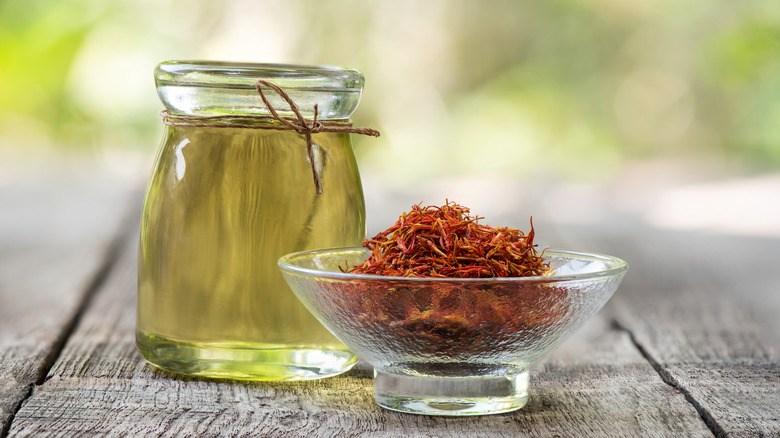How to Clean Kitchen Scissors: A Simple Guide for Beauticians?
As a beautician, having clean and sanitized tools is essential. One of the most often overlooked tools in our toolkit is kitchen scissors. It's surprising how many beauticians use kitchen scissors without proper cleaning. This article will provide detailed instructions on how to clean kitchen scissors effectively to maintain hygiene and longevity.
Cleaning kitchen scissors not only ensures the safety of your work but also enhances the performance of the scissors. With the right techniques, you can easily incorporate this into your cleaning routine, ensuring that all your tools are in top-notch condition.

Understanding Kitchen Scissors
Kitchen scissors are versatile tools that serve various purposes, from cutting herbs to opening packaging. They may seem like a simple tool, but they require proper cleaning and maintenance.
Improper cleaning can lead to the transfer of bacteria and contaminants, especially if food has been cut with them. For beauticians, this could mean jeopardizing the safety of your clients, so it is vital to follow safe cleaning practices.
Materials You'll Need
Before we dive into the cleaning process, lets gather the necessary materials:
- Warm Water: A basic cleaning solvent.
- Dish Soap: Select a mild detergent suitable for kitchen use.
- Soft Cloth or Sponge: For cleaning without scratching.
- Toothbrush: For reaching tiny crevices.
- Drying Towel: To ensure the scissors are thoroughly dried.
- Sanitizing Solution: Optional, but advisable for complete sanitation.

The Cleaning Process
Now, let's break down the steps on how to clean kitchen scissors effectively.
Step 1: Disassemble if Possible
If your kitchen scissors have a removable center screw, disassembling them can help reach all areas. Removing the blades gives you better access to clean the hard-to-reach spots effectively.
Step 2: Soak in Warm Water and Soap
Fill a bowl with warm water and add a few drops of dish soap. Soak the scissors for 5-10 minutes to loosen any grime or dirt.
Step 3: Scrub with Care
Using a soft cloth or sponge, gently scrub both blades and handles. For tight corners, a toothbrush can work wonders. Ensure you clean both sides of the blades carefully.
Step 4: Rinse Thoroughly
Once clean, rinse the scissors in warm water. Make sure no soap residue remains, as it can affect the usability of the scissors.
Step 5: Sanitize (Optional)
If you wish to take an extra step towards hygiene, apply a sanitizing solution after rinsing. Follow the manufacturer's instructions for proper dilution and contact time.
Step 6: Dry Properly
Using a soft drying towel, ensure the scissors are completely dry. Allowing moisture to linger can lead to rust, which is detrimental to the blades.

Maintaining Your Kitchen Scissors
Keeping your kitchen scissors clean is just one part of maintenance. Here are additional tips to prolong the life of your scissors:
- Regular Cleaning: Make it a habit to clean your kitchen scissors after each use.
- Avoid Cutting Hard Materials: This can dull the blades and make them difficult to clean.
- Store Properly: Keep your scissors in a dedicated place to avoid damage.

Additional Cleaning Tips
Here are some professional tips for maintaining your kitchen tools:
- For more on maintaining hygiene in your kitchen tools, check this article on sanitizing kitchen items.
- Learn about cleaning different surfaces in your kitchen by clicking here.
- To clean your kitchen sink grate effectively, see this guide.
Frequently Asked Questions
1. How often should I clean my kitchen scissors?
As a good practice, clean your kitchen scissors after every use, especially if theyve been used to cut food.
2. Can I put kitchen scissors in the dishwasher?
Some kitchen scissors are dishwasher safe. However, check the manufacturer's instructions, as heat and moisture can damage some models.
3. What should I do if my scissors are rusty?
For scissors that have developed rust, soak them in a vinegar solution for a few hours, then scrub gently before cleaning as normal.
As an Amazon Associate, I earn from qualifying purchases.

